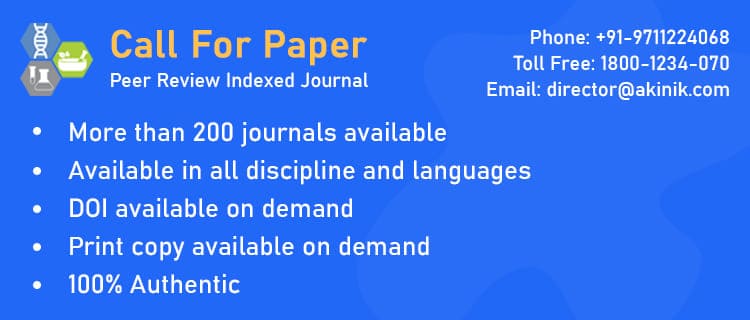- Printed Journal
- Indexed Journal
- Refereed Journal
- Peer Reviewed Journal

Journal of Pharmacognosy and Phytochemistry
Vol. 8, Issue 1 (2019)
Characterization of grey water to assess its feasibility for irrigation under different soil types and depthsn
Author(s):
Prarthana Priyom Hazarika, BK Medhi, RK Thakuria, Kanku Deka and R Borah
Abstract:
Water availability for agriculture in the country is projected to go down to around 70 percent by 2025 which undoubtedly will limit the country’s capacity to provide expected food security. Water shortage around the world enhanced the search for alternative sources. Under this scenario, grey water, the relatively clean waste water from bathroom, kitchen sink etc., can be a potential water source for reducing water demand. A study conducted at Assam Agricultural University, during the month of February’17, aimed to characterize the grey water from ten different locations of the university, viz. Hostel 1, Hostel 2, Hostel 3, Hostel 4, Hostel 10, Hostel 11, Hostel 12, Hostel 14, New Professors’ Colony and International Girls’ hostel. In characterization study variations of total N were found to confine below the ideal value (<45 µg/ml) while, NO 3 - N varied within the ideal (2 µg/ml) and permissible (10 µg/ml) limit of ICMR/BIS standard. Phosphate concentrations mostly trended below the ideal value (2 µg/ml) while total soluble solids (TSS) varied far below the acceptable ideal standard of EPA (500 mg/L). Biochemical Oxygen Demand (BOD) transcended the recommended permissible limit (5 µg/ml) and pH varied below the permissible (8.5) limit of BIS. Electrical Conductivity surpassed the recommended permissible limit attaining its maximum value of 1.13 mS/cm at Hostel 11. Based on the recommended guideline for concentrations of fluoride, mean fluoride over the locations was found within the recommended range with exceedingly higher value (>1.5 (µg/ml) observed in Hostel 2, Hostel 3 and Hostel 12. Arsenic in grey water with a mean value of 30.43 µg/l varied from 13 to 53 µg/l was found to exceed the threshold level (>10 µg/l) recommended by WHO. A soil column study was carried out concurrently with two different kinds of soil( sandy loam and clay loam) and three column depths(15 cm, 30 cm and 45 cm) where all the parameters baring BOD and pH reduced significantly to the ideal desirable values and mostly tended to vary within the recommended permissible limit with the increase in soil column depths and clay content of soil, thereby overall improvement of quality standard of effluent grey water for use in irrigation.
Pages: 587-592 | 1274 Views 336 Downloads


How to cite this article:
Prarthana Priyom Hazarika, BK Medhi, RK Thakuria, Kanku Deka and R Borah. Characterization of grey water to assess its feasibility for irrigation under different soil types and depthsn. J Pharmacogn Phytochem 2019;8(1):587-592.
Related Journal Subscription
Important Publications Links
Copyright © 2012 - 2024. All Rights Reserved.





